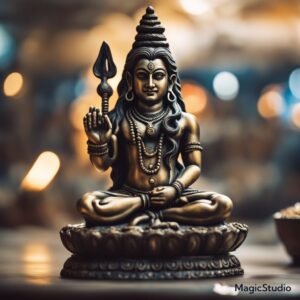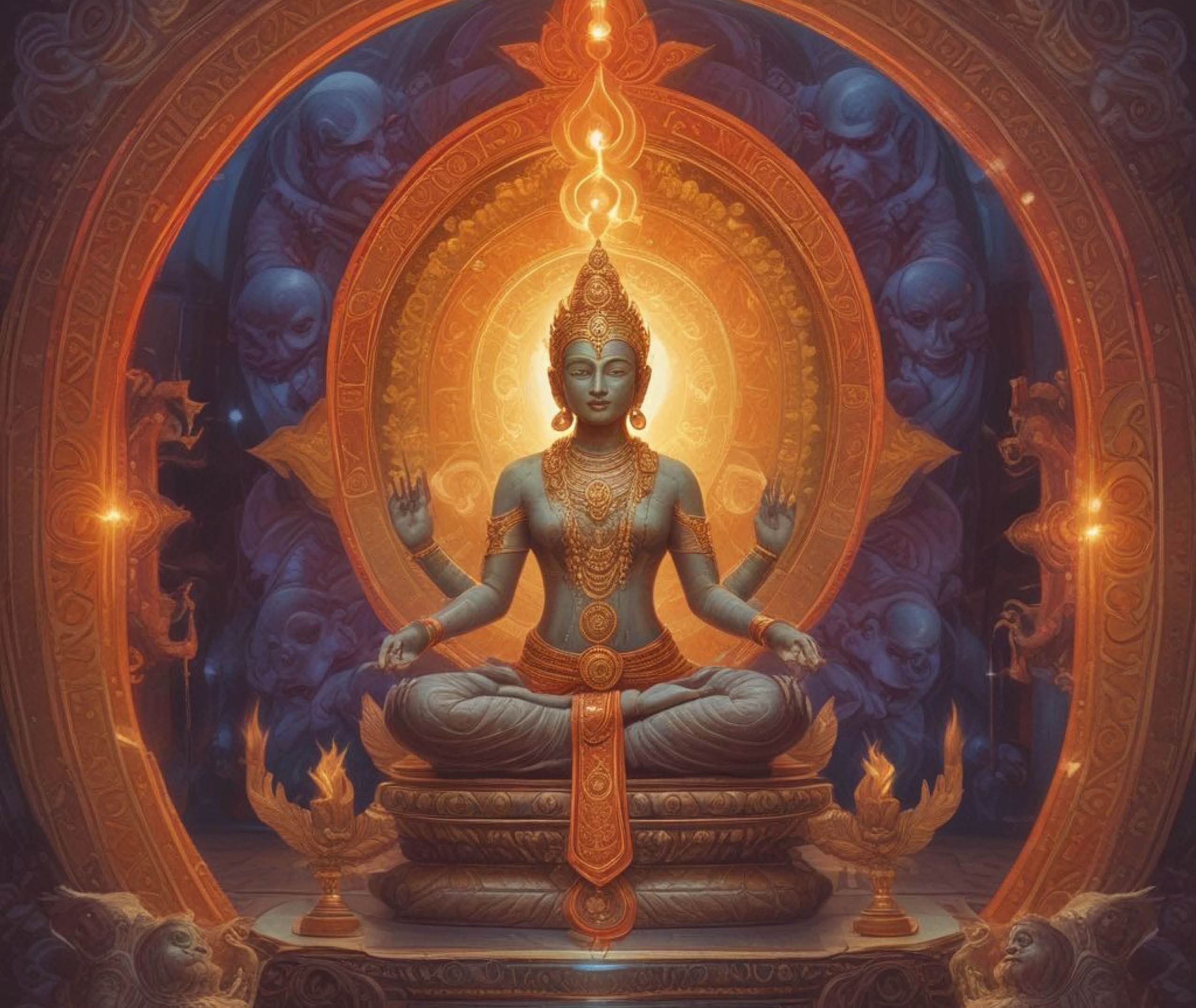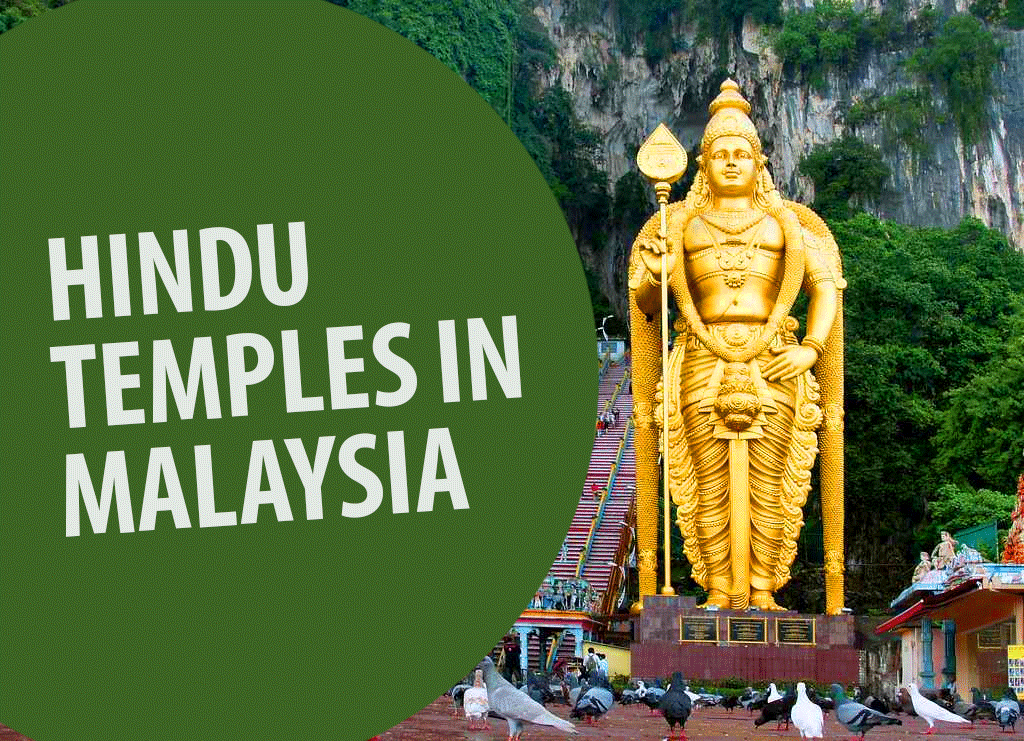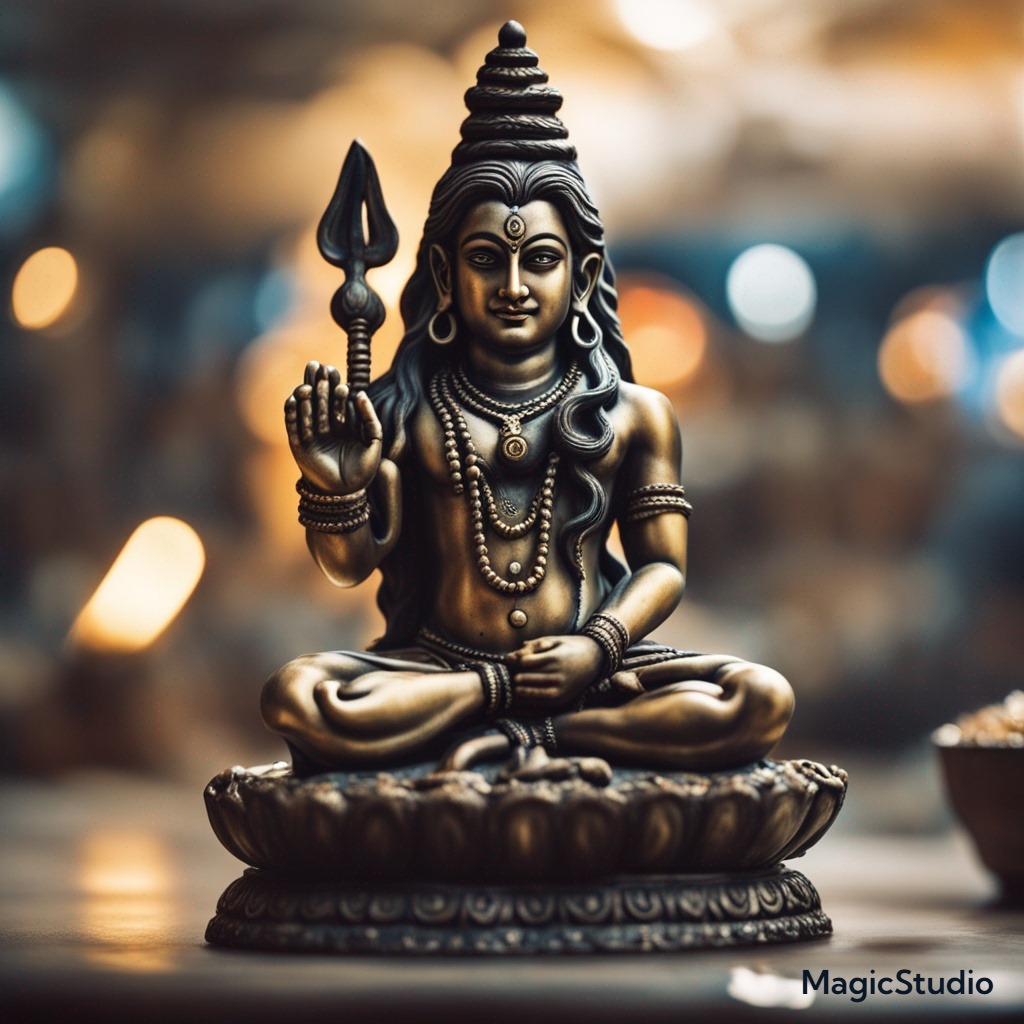Mysticism in Sanatan Dharma: A Journey into the Infinite
Sanatan Dharma, commonly known as Hinduism, is one of the oldest and most profound spiritual traditions in the world. Rooted in the ancient scriptures like the Vedas, Upanishads, and Bhagavad Gita, Sanatan Dharma is a rich tapestry of rituals, philosophies, and mystical practices. Central to this tradition is the quest for understanding the nature of existence and the ultimate reality, Brahman. The mystical dimension of Sanatan Dharma offers a unique pathway to this understanding, emphasizing direct personal experience and inner transformation.
At the heart of Sanatan Dharma’s mysticism is the concept of Brahman, the infinite and formless essence that permeates all of existence. This universal consciousness is beyond human comprehension, yet it is the very foundation of all that is. The Upanishads, ancient mystical texts, explore this profound truth through dialogues and meditations, guiding seekers towards self-realization. The famous Mahavakya, “Tat Tvam Asi” (Thou Art That), encapsulates the mystical insight that the individual soul (Atman) is not separate from Brahman but is one with it.
Mystical practices in Sanatan Dharma include meditation, yoga, and devotion (bhakti). Meditation, especially in the form of Dhyana and Japa, is a means to still the mind and experience the inner silence where the presence of the divine can be felt. Through disciplined practice, meditators aim to transcend the ego and merge their consciousness with Brahman. Yoga, particularly the paths of Jnana (knowledge), Bhakti (devotion), and Karma (selfless action), offers various routes to mystical union. The Bhagavad Gita, a central text in Sanatan Dharma, expounds on these paths, providing practical guidance for seekers.
Bhakti, the path of devotion, is particularly potent in its mystical expression. Saints like Mirabai, Ramakrishna Paramahamsa, and Chaitanya Mahaprabhu have demonstrated how pure love and surrender to the divine can lead to profound mystical experiences. Bhakti transcends ritual and dogma, focusing instead on an intimate, personal relationship with the divine. This devotion often manifests in ecstatic states, where the devotee experiences divine presence, visions, and a sense of unity with all creation.
Rituals and sacred texts also play a significant role in Sanatan Dharma’s mystical tradition. Chanting of mantras, especially the sacred syllable “Om,” is believed to attune the practitioner to the vibrations of the universe, fostering a deep connection with Brahman. The recitation of scriptures like the Vedas and Upanishads is not merely an intellectual exercise but a mystical practice that imbues the practitioner with spiritual insights and energies.
The mystical journey in Sanatan Dharma is one of inner transformation, where the seeker moves from ignorance to enlightenment, from illusion (Maya) to reality (Brahman). It is a journey that transcends time and space, reaching into the depths of the soul to uncover the divine essence within. This timeless quest continues to inspire millions, guiding them towards a life of spiritual fulfillment and ultimate union with the infinite.








